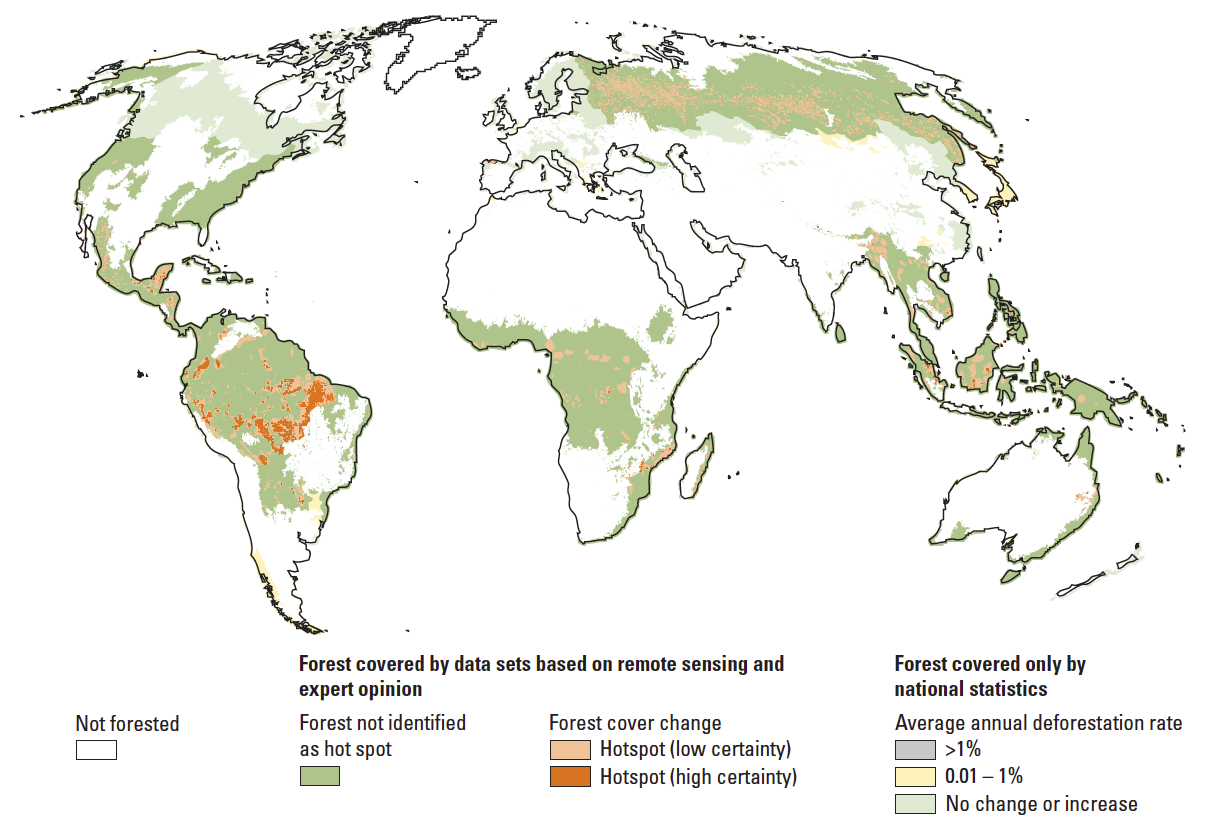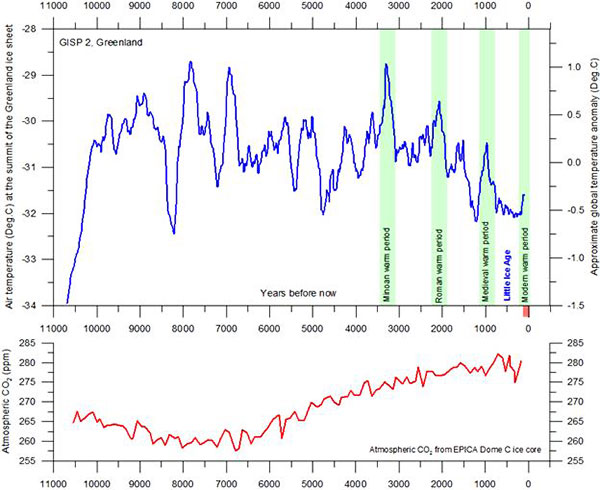The earth has lost nearly 45 of its original forest cover over the last 8000 years most were cleared in just the last century

The Earth’s Forest Cover: A Loss of 45% in the Last 8000 Years
The Earth, our precious blue planet, is home to a diverse range of ecosystems, supporting millions of species including humans. However, it saddens us to know that over the course of the last 8000 years, our planet has witnessed a drastic loss of its original forest cover. Astoundingly, nearly 45% of the Earth’s forests have disappeared within this timeframe.

Forests, with their rich biodiversity and vital role in maintaining ecological balance, are essential to the health and wellbeing of our planet. They serve as the lungs of the Earth, absorbing carbon dioxide and releasing oxygen through the process of photosynthesis. Forests also provide habitats for numerous animal and plant species, regulate local and global climate patterns, and support the livelihoods of countless communities worldwide.
The alarming rate at which our forests have been depleted is deeply concerning. Most of the forest loss, nearly 45%, has occurred in just the last century. This rapid decline has resulted from a multitude of factors including deforestation, illegal logging, unsustainable agricultural practices, and urbanization.

Deforestation, often driven by economic interests, has had a devastating impact on our forests. Large-scale clearing of forests for timber, agriculture, and infrastructure development has left vast swaths of once-thriving woodlands barren. The demand for land to support an ever-growing human population has intensified this issue. Forests are often cleared to make way for expanding agricultural activities, resulting in the loss of invaluable biodiversity hotspots.
Illegal logging, another major contributor to forest depletion, involves the cutting and trade of timber without proper authorization. This illicit practice not only threatens the health of forests but also fuels organized crime and exacerbates social and environmental injustices.
Unsustainable agricultural practices, such as slash-and-burn farming and monoculture plantations, further exacerbate the loss of forested areas. These practices degrade soil quality, contribute to soil erosion, emit greenhouse gases, and diminish the resilience of ecosystems, leading to irreversible damage.
Urbanization, driven by increasing populations and industrialization, has also encroached upon forested areas. As cities expand and infrastructure projects are implemented, forests have been sacrificed to accommodate the demands of urban living.
The consequences of deforestation and the decline of forest cover are far-reaching. It disrupts the delicate balance of our planet’s ecological systems, intensifies climate change, reduces the availability of clean water, and increases the risk of natural disasters such as floods and landslides.
Addressing the issue of deforestation requires concerted efforts at local, national, and international levels. Governments, organizations, and individuals must prioritize sustainable land-use practices, implement effective forest conservation policies, and promote reforestation efforts. It is crucial to raise awareness about the importance of forests and the need to protect and restore them for the sake of future generations.
Forests are not only essential for the survival of countless species but are also critical in ensuring human prosperity and wellbeing. Let us join hands and work towards a sustainable future that cherishes and protects the Earth’s precious forest cover.
Related Posts
Quick Links
Legal Stuff

